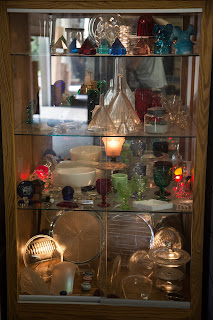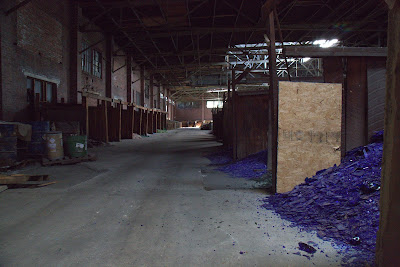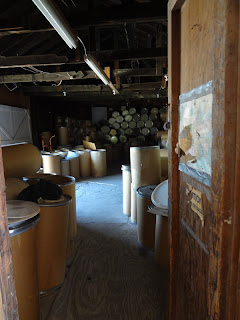Our last stop on our trip was at the Pittsburgh Glass Center. This facility functions as a place that teaches, creates, supports, and promotes the production of glass as an art form. There are various methods they teach and utilize such as glassblowing, beadmaking/flameworking, fusing, slumping, furnace casting, and more.
Currently, there is a glass show titled "Lifeforms" that is on exhibit in their gallery; which has been organized by Flordia-based glass artist Robert Mickelsen. The criteria for entries in the show is based/inspired on the work of glass artists Rudolf and Leopold Blaschka, who are well known for the biological glass models they produced for the Harvard University Museum.
Watch the following slideshow of the exhibit "Lifeforms" and complete the listed assignment.
Pittsburgh Glass Center from Mike Krenzel on Vimeo.
Assignment
Think about the concept of biological forms (living organisms) in regards to their structure, function, growth, evolution, etc. This could include anything from the particular living organism, down to the basic, cellular building blocks of life.
Currently, there is a glass show titled "Lifeforms" that is on exhibit in their gallery; which has been organized by Flordia-based glass artist Robert Mickelsen. The criteria for entries in the show is based/inspired on the work of glass artists Rudolf and Leopold Blaschka, who are well known for the biological glass models they produced for the Harvard University Museum.
Watch the following slideshow of the exhibit "Lifeforms" and complete the listed assignment.
Pittsburgh Glass Center from Mike Krenzel on Vimeo.
Assignment
Think about the concept of biological forms (living organisms) in regards to their structure, function, growth, evolution, etc. This could include anything from the particular living organism, down to the basic, cellular building blocks of life.
- What biological forms can be found outside of the school?
- Choose a biological form found in our immediate environment? Will you choose the actual organism/lifeform or an element of the form on a molecular level? Or a model of growth, etc?
- Illustrate your plan for creating a model of your chosen biological form/subject.
- Use value/shading to create the illusion of 3 dimensional space/form.


















































